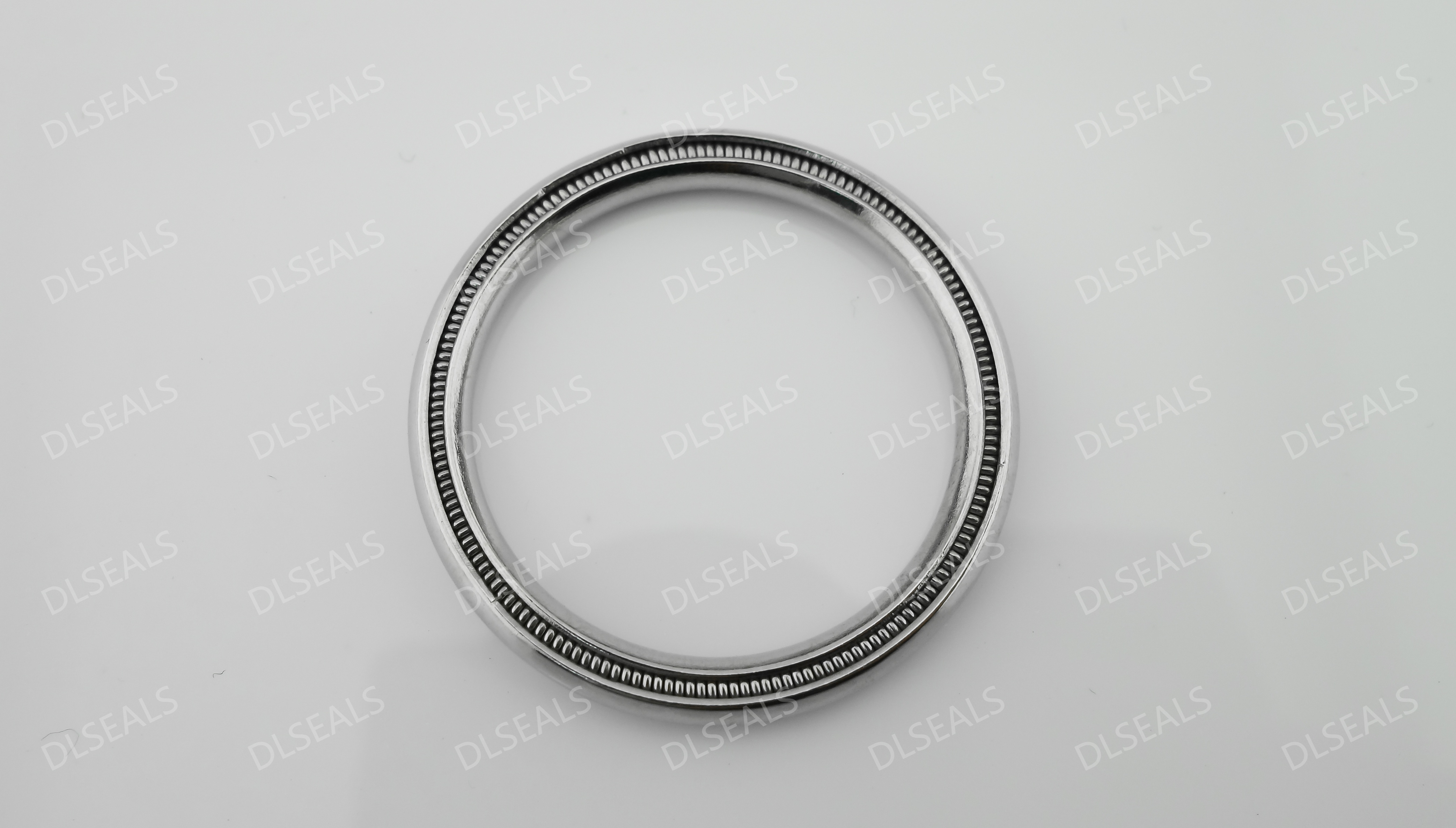
Metal U-rings may encounter various faults in actual applications. If these faults are not handled in time, they may cause equipment leakage, reduced efficiency or even equipment damage. Understanding common fault types, their causes and solutions is essential to ensure the normal operation of the equipment. The following is a fault analysis and solution for metal U-rings.
1. Common fault types
Leakage phenomenon: The main function of the U-ring is to provide sealing. If leakage occurs, it may cause the escape of liquid or gas.
Wear and damage: After long-term use, the U-ring may be worn, torn or deformed.
Deformation failure: Due to excessive pressure, temperature changes or improper installation, the U-ring may be permanently deformed.
Corrosion phenomenon: In some chemically corrosive environments, the U-ring may be corroded, affecting its sealing effect.
Installation errors: Improper installation methods may cause damage to the U-ring or sealing failure.
2. Failure cause analysis
Improper material selection: The performance of the selected material, such as high temperature resistance and corrosion resistance, does not meet the requirements of the working environment, resulting in premature aging or failure of the U-ring.
Design defects: The design of the U-ring is unreasonable, such as the shape, size and tolerance do not meet the actual requirements.
Manufacturing process problems: During the manufacturing process such as stamping and welding, excessive pressure, temperature or incorrect process parameters will lead to quality problems of the finished U-ring.
Environmental factors: The working environment such as temperature, pressure and the nature of chemicals have a direct impact on the performance of the U-ring.
Insufficient maintenance: Insufficient regular maintenance and inspection lead to early wear and accumulation of problems.
3. Solutions
Material selection:
When selecting the material of the U-ring, a full evaluation should be carried out to ensure that it is suitable for the working environment and has good corrosion resistance and pressure resistance. For example, materials such as stainless steel or alloy steel suitable for high temperature and high corrosion environment should be selected.
Optimize design:
Review the design plan to ensure that the dimensions and tolerances meet the standards. If necessary, use computer-aided design software for optimization to ensure the best sealing effect.
Manufacturing process improvement:
During the manufacturing process, strictly control the process parameters such as temperature, pressure and processing speed. At the same time, ensure the accuracy of the equipment to provide guarantee for the production of U-rings.
Environmental control:
If possible, the working environment should be improved to avoid direct contact with extreme temperatures or chemical media to extend the service life of the U-ring.
Regular maintenance and inspection:
Establish a regular maintenance and inspection system to promptly identify and handle problems. During the inspection, pay attention to the wear and sealing effect of the U-ring and replace it if necessary.
Installation precautions:
When installing the U-ring, ensure the correct method and steps to avoid damage caused by improper installation. You can refer to professional manuals or technical guidance for installation.
Conclusion
The fault analysis and solution of metal U-rings is an important part of ensuring the normal operation of equipment. Through reasonable material selection, optimized design and improved manufacturing process, combined with regular maintenance and correct installation methods, the probability of failure can be effectively reduced and the efficiency and life of the U-ring can be improved. Timely analysis of the cause of the failure and taking corresponding measures are the key to ensuring the safe and economical operation of the equipment.
Post time: Oct-21-2024
